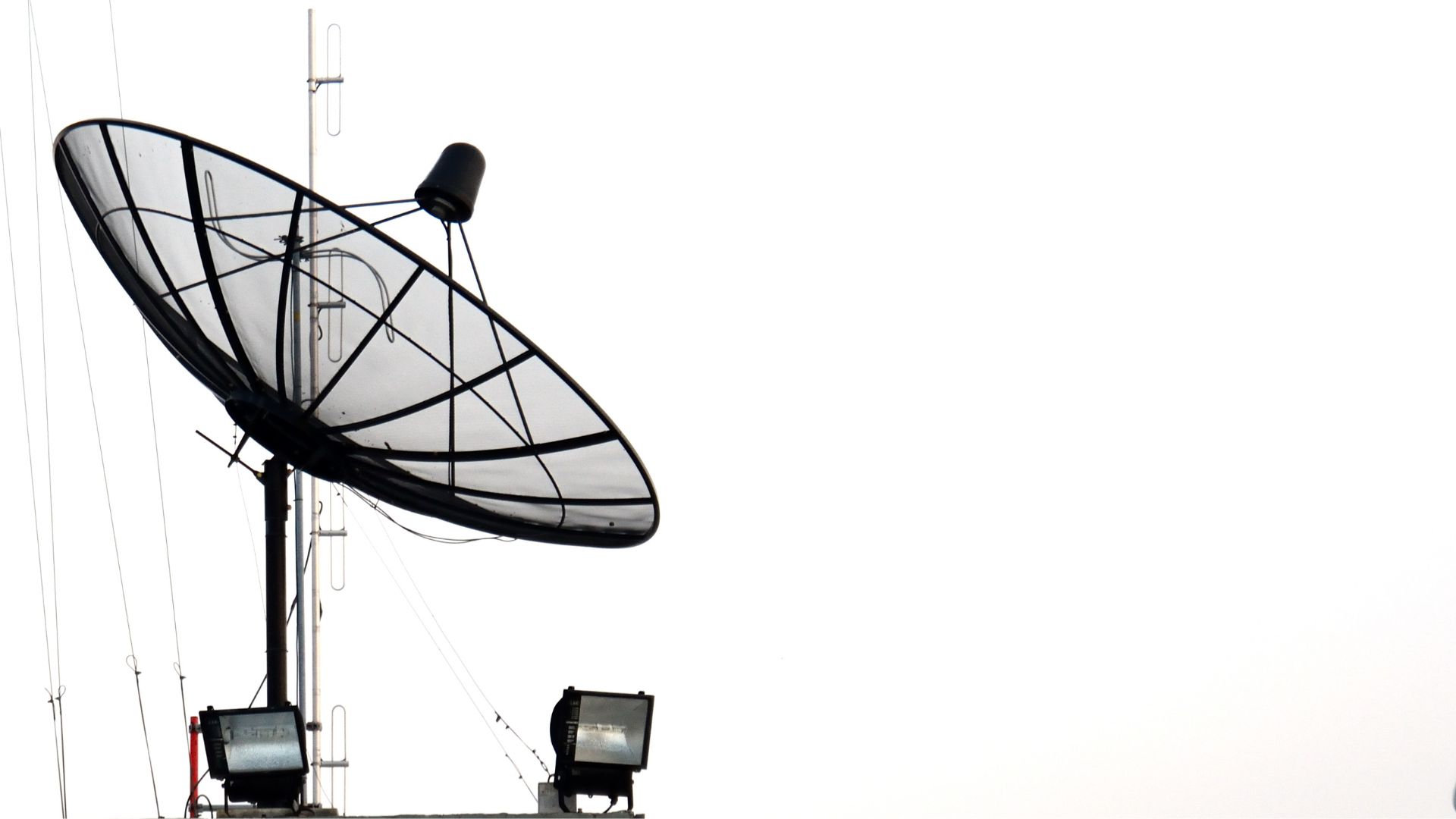A Beginner's Guide to Accessing and Using Public Satellite Data

Satellite data has become an invaluable resource for scientists, businesses, and the general public, offering insights into climate change, urban development, natural disasters, and more. While once limited to government agencies and specialized institutions, public satellite data is now accessible to anyone with an internet connection. Platforms provided by space agencies and organizations worldwide allow users to explore and analyze high-resolution images, atmospheric measurements, and environmental data for free.

One of the most well-known sources of public satellite data is NASA’s Earth Observing System Data and Information System (EOSDIS). This platform provides access to datasets from satellites like Terra, Aqua, and Landsat, covering everything from global temperature trends to vegetation indices. Similarly, the European Space Agency’s Copernicus Open Access Hub offers high-resolution imagery from the Sentinel satellite series, widely used for land monitoring and disaster response.

For beginners, tools like Google Earth Engine and NASA’s Worldview offer user-friendly interfaces to explore satellite imagery without requiring advanced technical knowledge. These platforms allow users to visualize real-time data, track environmental changes over time, and overlay different datasets for a comprehensive analysis. Many organizations also provide APIs and cloud computing services, enabling researchers to perform large-scale data processing without the need for high-end hardware.

To get started with public satellite data, users should first identify their area of interest—whether it's tracking deforestation, analyzing urban expansion, or monitoring weather patterns. Many platforms provide tutorials and documentation to help new users navigate datasets effectively. As the availability of public satellite data continues to expand, its applications will grow across industries, from agriculture and conservation to disaster management and scientific research.

